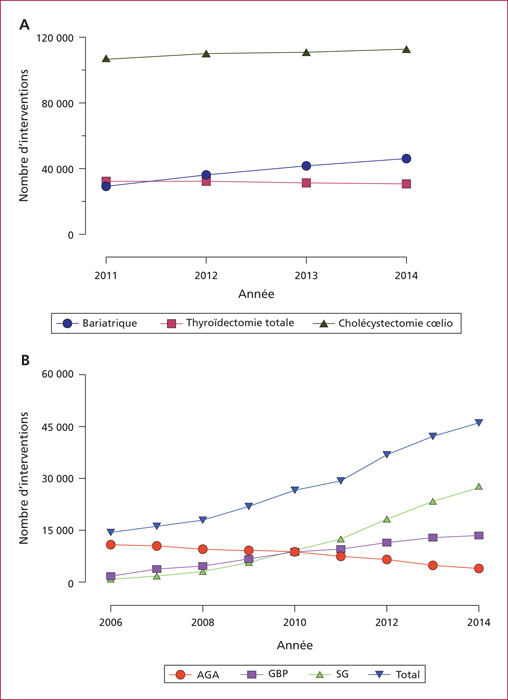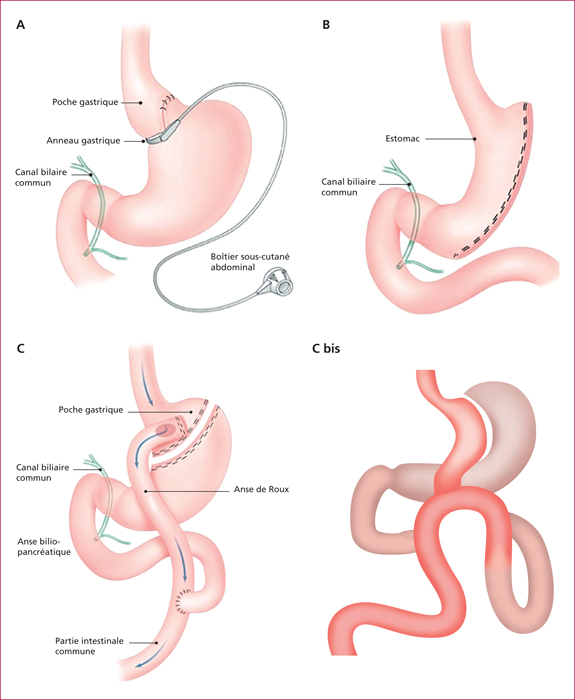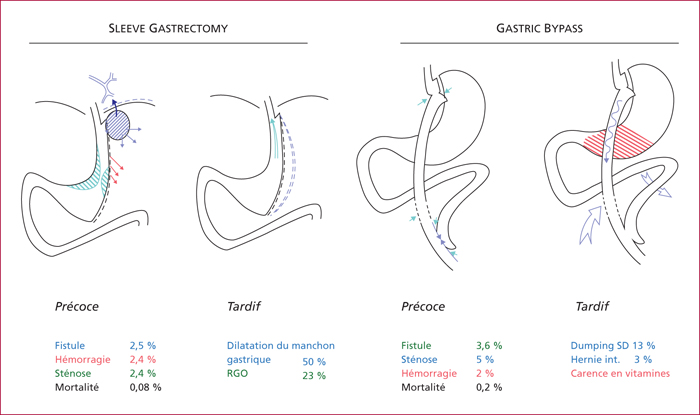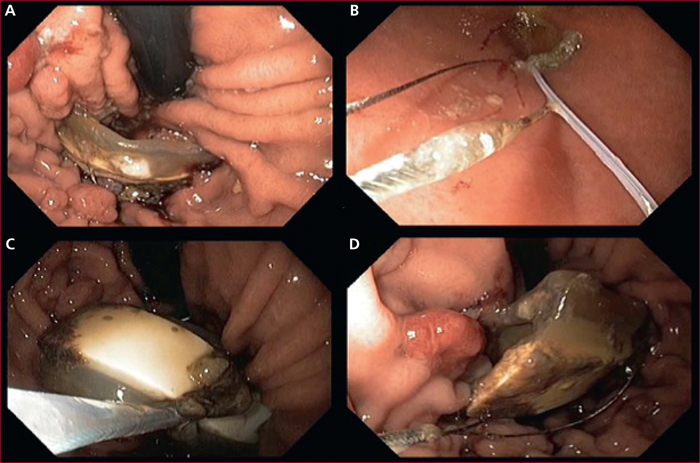Hépato-Gastro & Oncologie Digestive
MENUBariatric surgery in 2015 Volume 22, issue 7, Septembre 2015
CHRU de Lille,
service de chirurgie générale et endocrinienne,
rue Michel Polonovski,
59037 Lille Cedex,
France
Pôle recherche, U1190,
Recherche translationnelle sur le diabète,
1 place de Verdun,
59045 Lille,
France
- Key words: gastric banding, sleeve gastrectomy, gastric bypass, review
- DOI : 10.1684/hpg.2015.1181
- Page(s) : 569-81
- Published in: 2015
Obesity is a major public health issue in France. We are all confronted daily with patients with severe obesity (BMI>35 kg/m2) and its associated comorbidities including diabetes and non-alcoholic fatty liver disease. Exclusive nutritional management of obese patients, based on changing eating habits, resumption of physical activity and both psychological and social support, offers inconsistent and disappointing long-term results. The obesity surgery is an alternative, more invasive, often irreversible, but allowing a significant and lasting weight loss at the cost of mortality and significant morbidity. In 2014, 47,000 acts of bariatric surgery were performed in France. Three interventions represent almost all of the activity of bariatric surgery: gastric banding, sleeve gastrectomy and gastric bypass. The objective of this review is to address to the gastroenterologist the main operations performed in France, their profits and short- and long-term risks.





